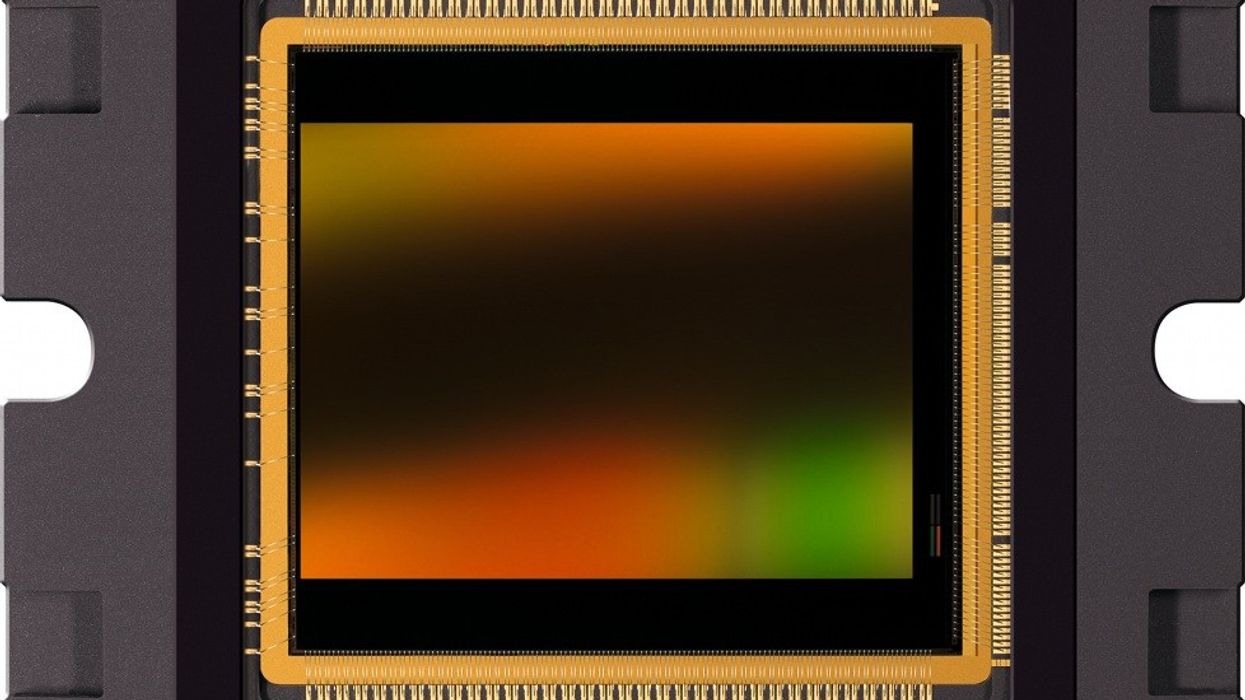Should Blackmagic Wait & Use This 300FPS Sensor in Their 4K Camera Instead?

It's been a few months since we got official word on the shipping status of the Blackmagic Production Camera 4K, with the last update mentioning that it might be 3-4 weeks before they would be shipping. I wrote then that I didn't really expect them to be in anyone's hands in that amount of time, and while that has been the case, we may not see anything until 2014. There has been some speculation that they may be using the CMOSIS 4K sensor, and if that's true, the company is introducing an upgraded version with significant frame rate improvements that would make for a truly powerful camera.
Here is CMOSIS on the new 4K sensor (thanks to Cinescopophilia for the heads up):
Outstanding in CMOSIS' portfolio is the newly upgraded version of the proven CMV 12000, which was first announced in 2010.. The current version of the CMV12000 offering 150 fps is in full volume production. The new version operates at an unparalleled frame rate of 300 fps. Volume production will ramp up towards the end of second quarter of 2014. Engineering samples will be available for purchase in February of the same year.
CMOSIS' CMV12000 targets a broad range of demanding applications in the areas of process automation and motion control, the rapidly developing 4K HD TV broadcasting environment, as well as vision-supported traffic management systems. These applications require high frame rates and a broad dynamic range to capture fast moving events, often under unfavourable lighting conditions. The 12-Megapixel image sensor CMV12000, featuring a high dynamic range coupled with its global shutter operation, is excellently suited for such demanding situations. CMV12000 offers 8, 10 and 12 bit resolution. The 300 full frames of 4,096 x 3,072 pixels per second is offered in 10 bit mode.
We already know the current sensor in the Blackmagic Product Camera 4K is limited to 30fps (as is the Cinema Camera and Pocket Cinema Camera), but if it is indeed using the previous version of this CMV12000 sensor, it is capable of much, much more. With how many relatively inexpensive 4K cameras are likely going to be out over the next 12 months, the Production camera is going to have a lot more company very soon -- even if none of those new cameras can do RAW or ProRes. There will also not likely be any global shutter CMOS sensors among the new lower-cost cameras. That means Blackmagic will still have an edge in many areas compared to what comes out, but at what cost?
Something Blackmagic has been able to do that has surprised the industry is introduce high-performing cameras very inexpensively. Unfortunately, none of these products have been released on-time, and I'm sure at least some part of that is due to trying to keep costs so low. When the 4K camera is released, it will probably still have the bare minimum of features just as the others have had upon release. Firmware upgrades are fine, but I actually think higher frame rates would put this camera in another league entirely, something that literally no one would be able to match for the price.
So I pose the question to you guys. If Blackmagic were able to work out the hardware and make it work, would you prefer a 300fps camera for a similar price released next summer, instead of the current 4K 30fps camera released in the next 2-3 months? I'm sure this is something Blackmagic will look at in a future version of the camera, but I'm curious to know what everyone would be looking for in a camera. Since the Apertus 4K camera project is using the current CMV12000, it will be interesting if they eventually switch to the upgraded model and have even higher frame rates.
Either way, the Blackmagic site lists Q4 as the shipping date for the 4K camera, so we should be getting some official word soon from the company on the status.
Link: CMOSIS Shows Upgraded CMV12000 Offering 300 fps at Full Resolution
[via Cinescopophilia]












